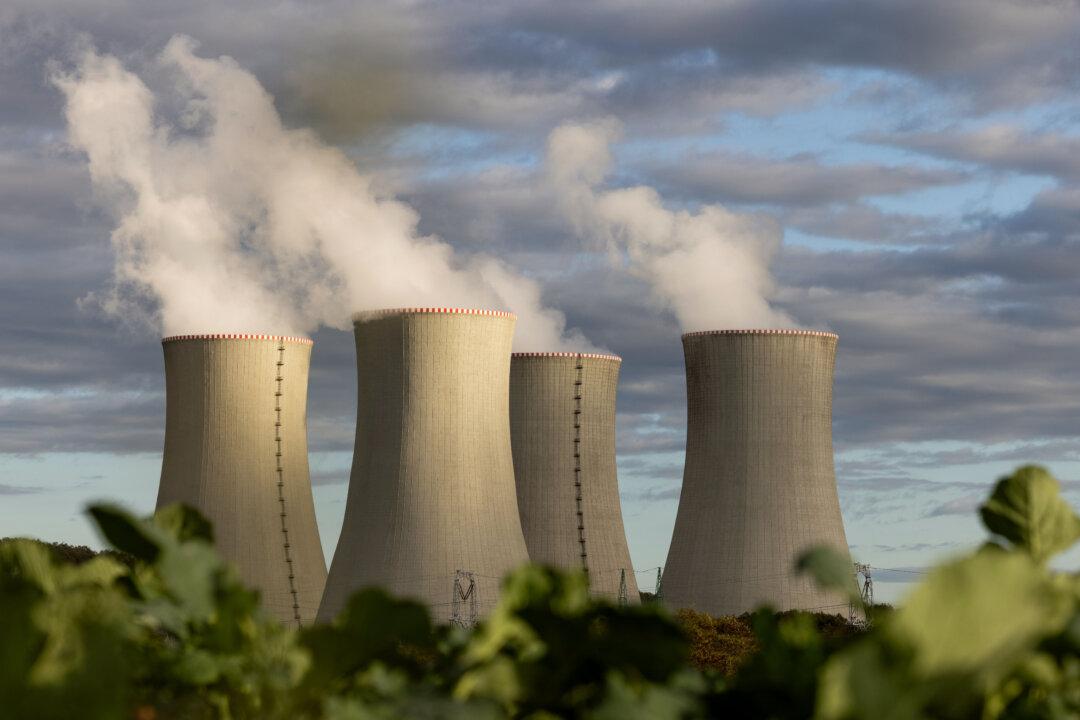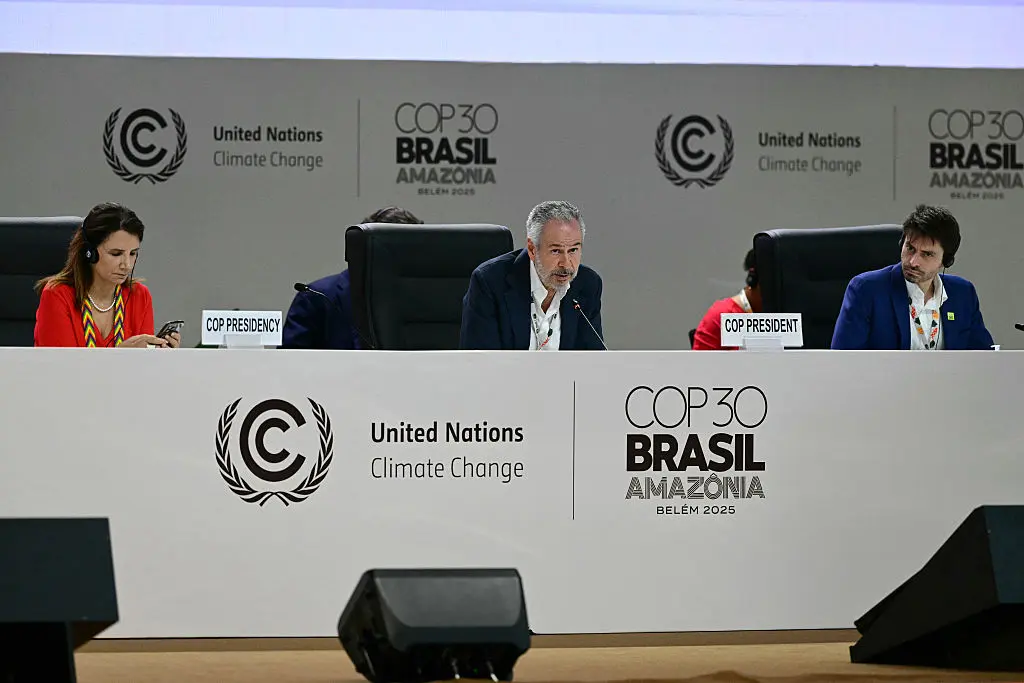The president of a Canadian nuclear advocacy group has addressed concerns about nuclear waste, saying the radioactivity mostly disappears after 40 years.
Australia is now considering taking up nuclear power after the federal opposition said it would adopt the policy if it wins the election next year.





